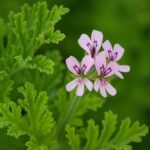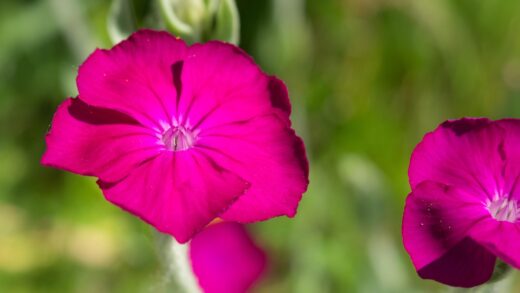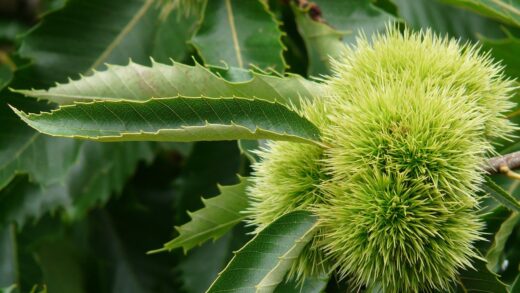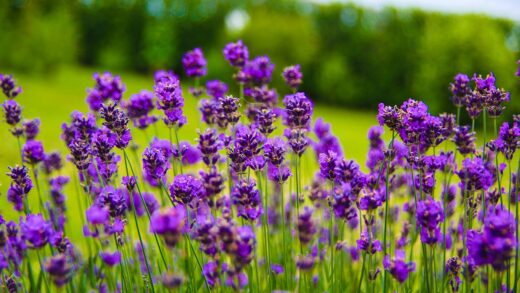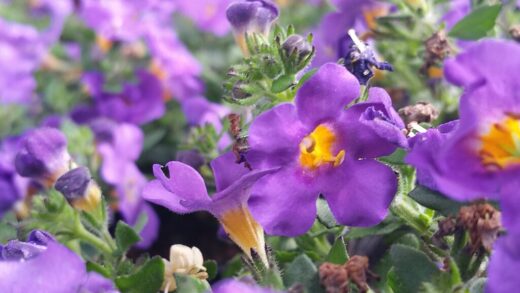Providing the appropriate amount and intensity of light is a cornerstone of cultivating a healthy and aesthetically pleasing plush plant. This succulent’s native habitat in the rocky highlands of Mexico has conditioned it to thrive in bright, sun-drenched environments, and its appearance is a direct reflection of the light it receives. The iconic silvery-green color of its velvety leaves, the compact nature of its rosette, and the vibrant, fiery red tips are all characteristics that are developed and maintained through adequate light exposure. Understanding and meeting these light requirements is essential for preventing common issues like etiolation and for encouraging the plant to display its full, spectacular coloration.
The plush plant craves a significant amount of bright light to flourish, ideally receiving at least six hours of direct or very bright, indirect sunlight each day. When grown indoors, the best placement is typically near a south-facing window, where it can receive the most intense and prolonged light exposure throughout the day. An east-facing window, which provides several hours of direct morning sun, is also an excellent option, as the morning light is generally less harsh than the intense afternoon sun. A west-facing window can also work, but you may need to monitor the plant for signs of stress during the hottest summer afternoons.
While this succulent loves sun, it is important to note that it can be susceptible to sunburn if it is exposed to scorching, direct afternoon sun too abruptly, especially in hot climates. The fine, velvety hairs on its leaves, known as trichomes, do offer some protection from the sun’s intense rays, but a sudden transition from a lower-light environment to full sun can still cause damage. If you notice white, yellow, or brown patches appearing on the leaves, it is a sign of sunburn, and the plant should be moved to a location with some protection during the hottest part of the day.
When grown outdoors, a location that receives full morning sun and some light afternoon shade is often the perfect balance. This allows the plant to get the bright light it needs to maintain its compact shape and vibrant colors while protecting it from the most intense and potentially damaging rays of the midday sun. The quality of light is just as important as the quantity; filtered sunlight through the leaves of a larger tree or through a shade cloth can provide a bright yet protected environment that allows the plush plant to thrive without the risk of scorching.
The effects of insufficient light
Insufficient light is one of the most common challenges faced when growing the plush plant indoors, and the consequences are both aesthetic and detrimental to the plant’s health. The most immediate and noticeable symptom of inadequate light is etiolation, a process where the plant begins to stretch out in search of a light source. The stem will elongate, and the spaces between the leaves, known as internodes, will become noticeably longer. This results in the loss of the plant’s desirable tight, compact rosette form, leaving it looking leggy, sparse, and unbalanced.
More articles on this topic
In addition to stretching, a lack of sufficient light will also have a significant impact on the plant’s coloration. The beautiful, stressed-induced red or deep orange tips on the leaves, which are a hallmark of a healthy, well-lit plush plant, will fade away, and the entire plant will revert to a more uniform, and often less vibrant, shade of pale green. The plant produces these colorful pigments as a form of protection against strong light, so in a low-light environment, it has no incentive to maintain them. The characteristic velvety texture of the leaves may also become less pronounced.
Beyond the visible changes, a plant that is not receiving enough light will be weaker and more susceptible to other problems. Photosynthesis, the process by which the plant creates its food, is directly dependent on light. In a low-light situation, the plant’s energy production is reduced, leading to slower, weaker growth. This weakened state can make the plant more vulnerable to pest infestations and diseases, as it lacks the energy reserves to defend itself effectively. An etiolated plant is not just an aesthetic issue; it is a sign that the plant is not in optimal health.
If you observe these signs of insufficient light in your plush plant, the solution is straightforward: move it to a brighter location. The existing stretched growth cannot be reversed, but providing more light will ensure that all new growth emerges in a more compact and colorful manner. You can also choose to prune the stretched rosette and re-root it to start a new, more compact plant, while the old stem may produce new, healthier rosettes in the improved lighting conditions. This corrective action is essential for restoring the plant to its proper form and vigor.
Signs of excessive light
Although the plush plant is a sun-lover, there is such a thing as too much direct, intense sunlight, and the plant will exhibit clear signs of stress when it is receiving an excessive amount. The most common and obvious symptom of too much harsh light is sunburn, which appears as bleached, white, yellow, or dark brown patches on the leaves. These scorched areas are permanent damage to the leaf tissue and will not recover, detracting from the plant’s overall appearance. Sunburn is most likely to occur when a plant is moved too quickly from a low-light to a high-light environment without a proper period of acclimatization.
More articles on this topic
In addition to distinct burn patches, the overall color of the plant can indicate light stress. While some stress from bright light is desirable to bring out the red leaf tips, extreme stress from excessive light can cause the entire plant to take on a washed-out, pale, or yellowish appearance. In some cases, the leaves may even develop a purplish or brownish hue as the plant produces an overabundance of protective pigments in a desperate attempt to shield itself from the intense radiation. This is a sign that the plant is at its limit and should be moved to a location with slightly less direct sun exposure.
An overexposed plant may also show signs of dehydration more quickly, even if it is being watered correctly. The intense heat that often accompanies excessive sunlight can cause the leaves to lose moisture at a rapid rate, leading to a wrinkled or shriveled appearance. The plant may seem to be constantly thirsty, and the soil will dry out very quickly. While the plush plant is drought-tolerant, being subjected to constant heat and light stress can deplete its energy reserves and weaken its overall health over time, making it more susceptible to other issues.
If you notice any of these signs of excessive light, the remedy is to provide the plant with more protection from the most intense sun of the day. If it is in a pot, simply move it to a location that receives bright morning sun but is shaded during the harsh afternoon hours. For outdoor plants in the ground, you might consider erecting a shade cloth to filter the sunlight during the hottest part of the summer. The goal is to find a happy medium where the plant receives enough light to be colorful and compact, but not so much that it becomes stressed and damaged.
Using artificial lighting
For those who live in apartments with poor natural light or in regions with long, dark winters, providing adequate light for a plush plant can be a significant challenge. In these situations, artificial lighting, specifically grow lights, can be an excellent solution to supplement or even completely replace natural sunlight. Modern grow lights, particularly those using LED technology, are energy-efficient and can provide the specific light spectrums that plants need for healthy photosynthesis and robust growth. This allows you to cultivate a beautiful, compact plush plant virtually anywhere in your home.
When choosing a grow light, it is important to select one that is labeled as “full-spectrum,” as this type of light most closely mimics the natural light of the sun, providing the necessary balance of blue and red light wavelengths that are crucial for vegetative growth and flowering. The intensity of the light is also a key factor. For a sun-loving succulent like the plush plant, a standard desk lamp with a regular light bulb will not be sufficient. You will need a dedicated grow light that is powerful enough to provide the high light levels the plant requires.
The placement of the grow light and the duration of its use are critical for success. The light source should be positioned relatively close to the plant, typically between 15 and 30 centimeters above the top of the rosette, to ensure the light is sufficiently intense. The light should be left on for a consistent period each day, generally between 12 and 14 hours, to simulate a long, sunny day. Using an automatic timer is highly recommended to ensure this consistency, which is crucial for the plant’s health and regular growth cycle.
Using a grow light gives you complete control over your plush plant’s environment, allowing you to prevent etiolation and maintain its vibrant coloration throughout the year, regardless of the weather or your home’s orientation. You will know your setup is working correctly if the plant maintains a tight rosette shape and its leaves display the characteristic red tips. If the plant still appears pale or begins to stretch, it is a sign that the light is either not intense enough or is positioned too far away from the plant. Adjusting the height of the light can often resolve these issues.








